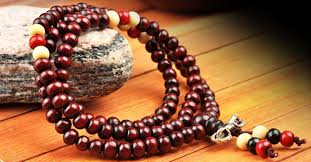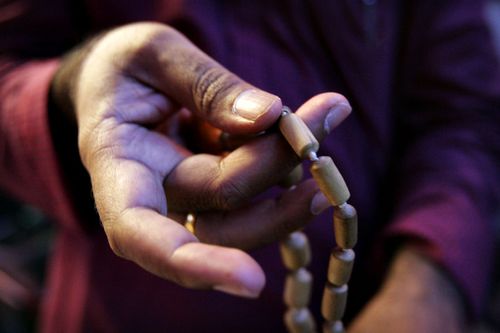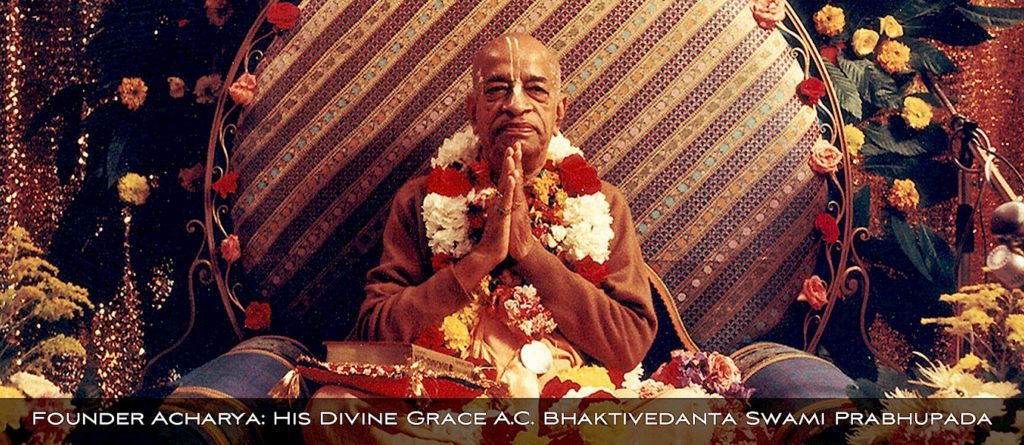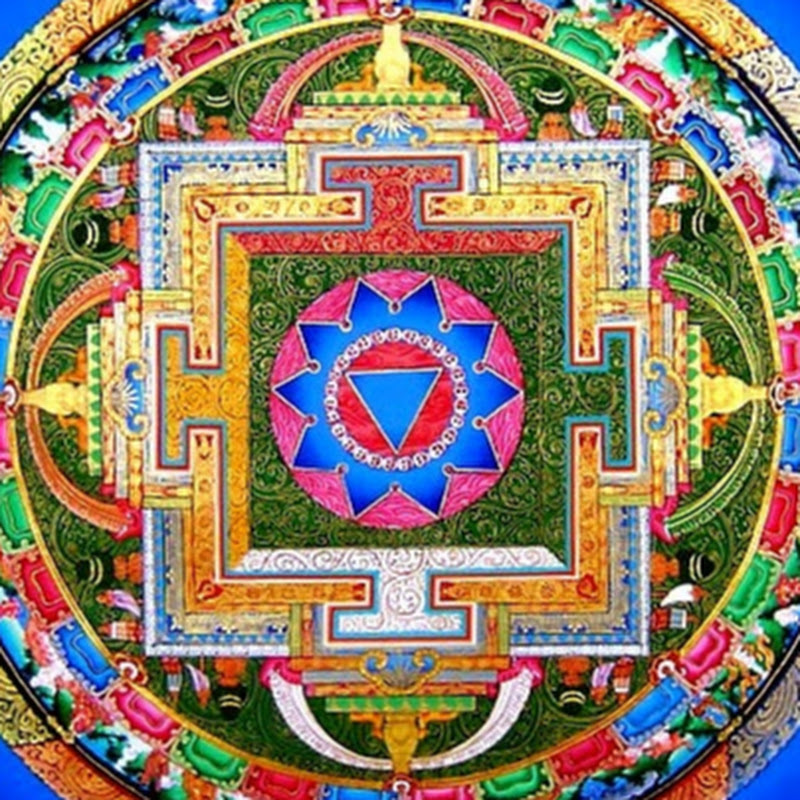1.- Japa Mala: What does it mean?
A mala is a string of 108 spherical beads, plus the bindu, which is usually a colored plume. The mala is usually made of wood, and is used in Hinduism, Buddhism, and Sikhism to recite mantras, or the name(s) of a deity or religious symbol. Japa means repetition, which is what is done by repeating a mantra every time we pass a mala count.

The term mala does not appear in the Rig-veda (the oldest text in India, from the middle of the second millennium BC) nor in the other Vedas. It appears for the first time in the Shatápatha-brahmana (from the middle of the 1st millennium BC) and in the Aitareia-brahmana.
2.- Mala manufacturing materials
They are made, mainly, with sandalwood or tulsi wood, but it can be of another kind of wood, or simply rudaraksha seeds. They have a knot between beads, and after the first eight, they are separated by tying a thread between them. the eighth and ninth beads. Each bead can be carved with one of the 108 main names of the god Vishnu. In addition to these 108 beads, there is an extra larger bead with a tuft of threads, which goes in the middle, called a bindu.

3.- How do you use a mala (to do japa)?
To pray Japa, the Mala is taken in the right hand, and – with the thumb and middle (or middle) fingers – one of the two beads that are next to the plumed bead, which protrudes from the necklace, is taken. While the bead is being rotated on itself, the mantra is pronounced. At the end of the mantra, go to the second account, always moving the rosary forward.

Normally “rounds” are made, turning the entire rosary over and finishing when you reach the bindu, having recited the mantra 108 times. What is called a “round” of japa. The colored plume or bindú should not be taken between the fingers (although there is no problem in touching it), but when reaching the plume, and if you want to make another “round”. You must turn the entire rosary and start the next round, with the account that ended (number 108).
The recitation of the Japa can be done quietly or loudly or totally silently: there is no restriction that it cannot be chanted silently. The important thing is that you should sing carefully, listening to the sound vibration clearly.
“Japa should be chanted early in the morning with full concentration, preferably during the hours of the brahma muhurta [which begins 96 minutes before sunrise, and lasts 48 minutes]. Focus completely on the sound vibration of the mantra, pronouncing each name clearly.”
Prabhupada (founder of the Hare Krishnas)

4.- The number 108 in Hinduism
According to the Gaudí Vaishnavas (Krishnaists, or ‘Vishnuists of Bengal’, to which the Hare Krishnas belong), there are 108 main gopis (shepherdesses) around the god Krishna (who would be the plumed bead). According to another author, the plumed bead would be Mount Meru, one of the abodes of the gods.
Also Vishnu has 108 main names (same as his avatars, or other deities like Shiva). Among a total of more than 250 texts of the Upanishads (stories with religious and philosophical morals) these 108 main names are recounted. On the other hand, the 108 beads of the Mala are also identified with the 108 virtues or the 108 defects of the human being.

